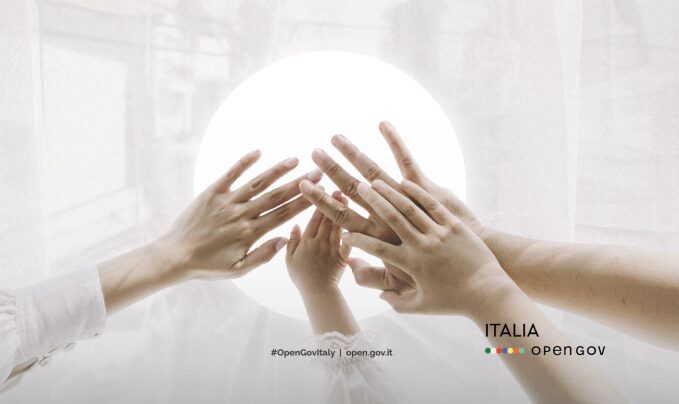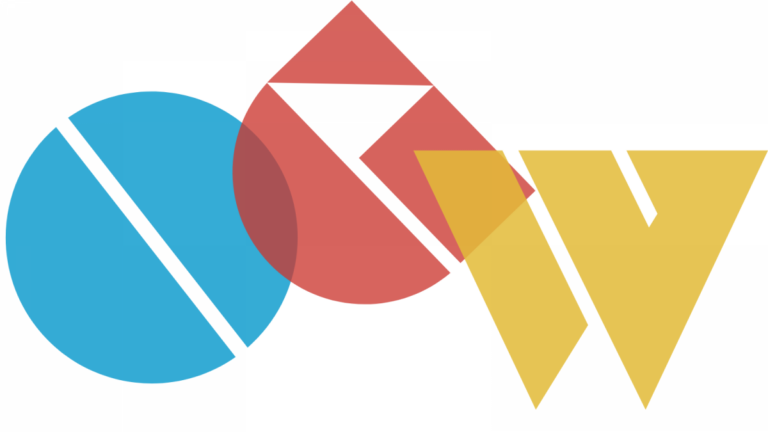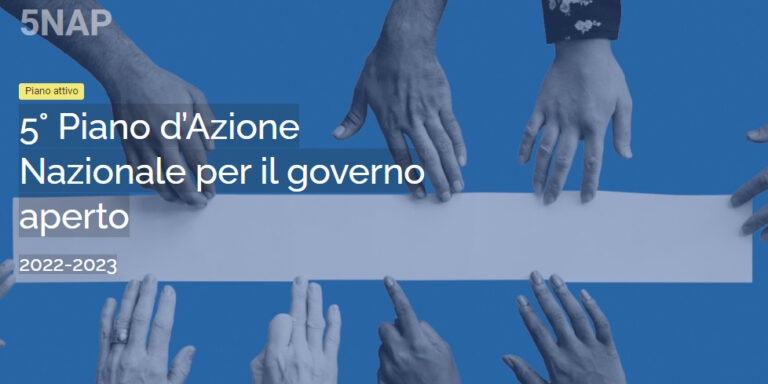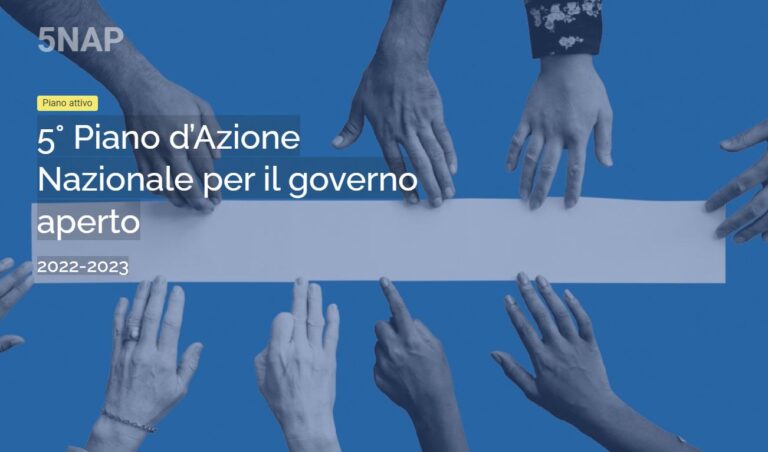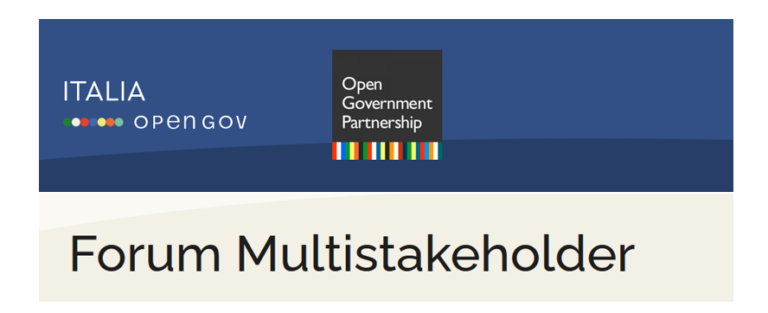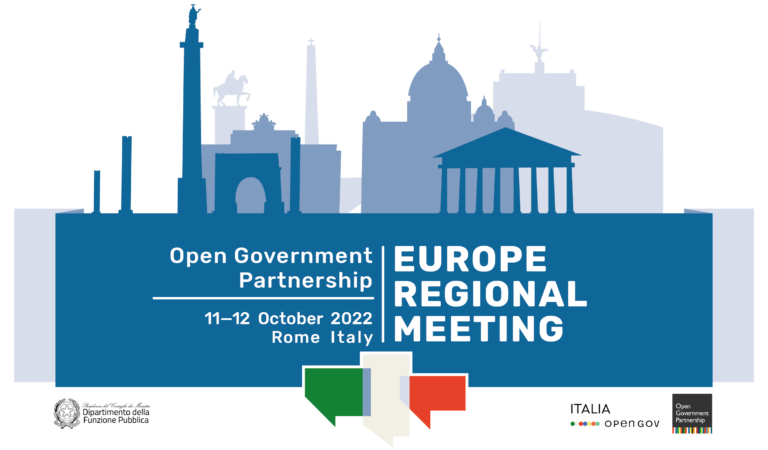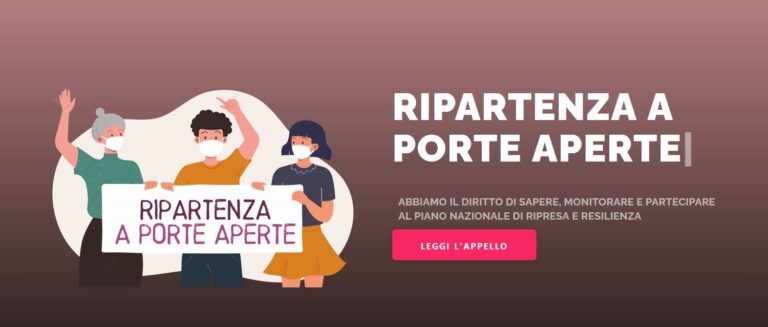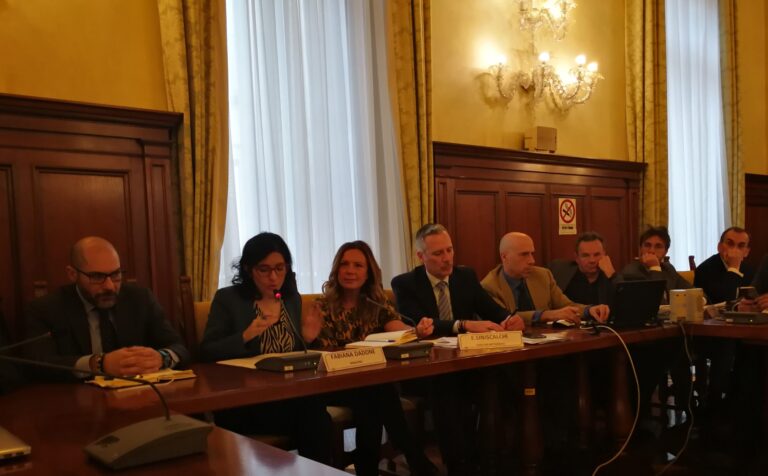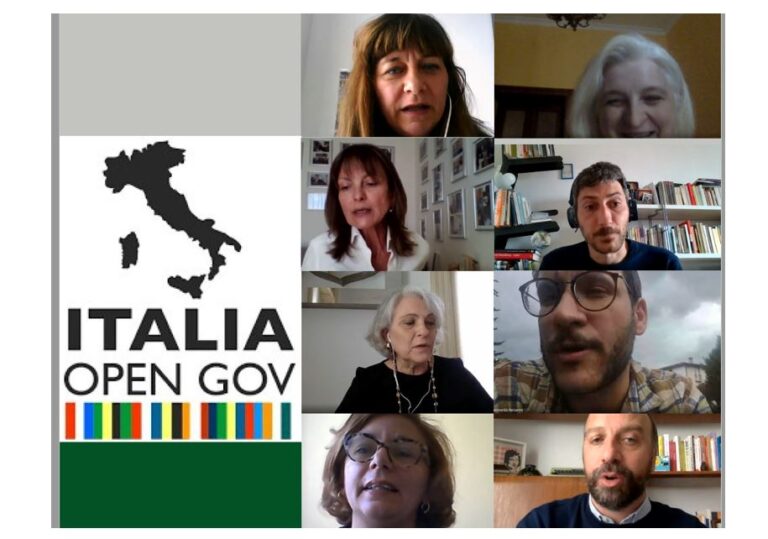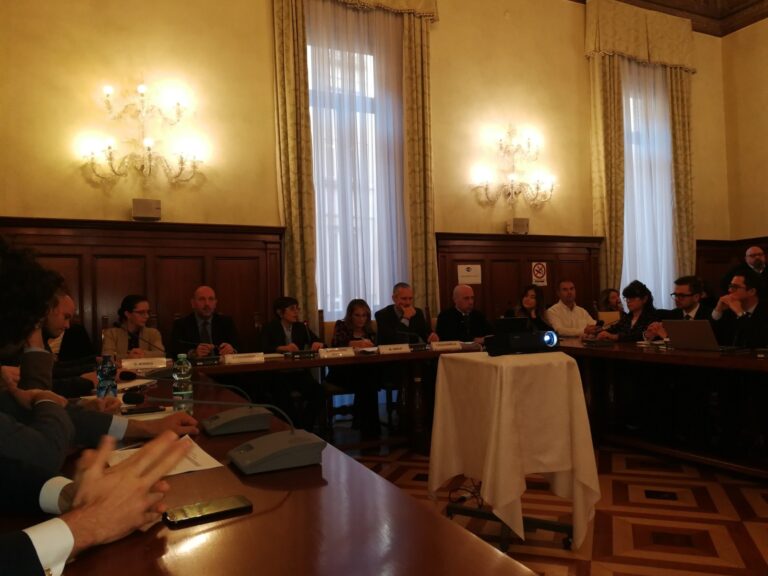What is OGP
Open Government Partnerships was born in 2011 with 8 member countries. Its goal is to promote transparency, participation, a government accountable and inclusive, improving the relationship between citizens and governments, so as to obtain "exponential benefits for all".
Today OGP is a vast partnership, which counts:
- 78 national governments and 76 local governments
- over 2 million people
- thousands of OSCs
To join the OGP, a country must commit to respecting the principles of open and transparent government, and sign the Open Government Declaration to:
“foster a global culture of open government that empowers and delivers for citizens, and advances the ideals of open and participatory 21st century government.”
“We strengthen our commitments to promote transparency, fight corruption, empower citizens
We commit to increasing our efforts to systematically collect and publish data on government spending and performance
in formats that the public can easily locate, understand and use, and in formats that facilitate reuse
… Increase access to new technologies for openness and accountability.
Our goal is to foster innovation and spur progress, and not to define standards to be used.”
A country's participation in the OGP can be reviewed in case of behavior contrary to the principles of the OGP.
ORGANIZATION
1. Steering Committee
22 members
2 co-chairs + 4
It consists of 3 sub-committees:
– Governance and Leadership Subcommittee (GL),
– Criteria and Standards Subcommittee (C&S),
– Thematic Leadership Subcommittee (TLS).
2.Board of Directors
Guide OGP Secretariat, a non-profit organization based in the US.
It was created in 2016 by decision of the Steering Committee to support:
“the operations of the Open Government Partnership, (…) a multistakeholder international initiative that aims to secure concrete commitments from governments to their citizenry to promote transparency, empower citizens, fight corruption).”
It is made up:
– OGP Support Unit
– Independent Reporting Mechanism
The Board is currently made up of 5 members, appointed as follows:
«The directors shall thereafter be appointed by the OGP Steering Committee for a term of three years.»
3. Independent Report Mechanism (IRM)
It is responsible for reviewing countries' progress in an independent, evidence-based and objective reporting manner.
The result is reports and recommendations.
It is led by:
– OGP Steering Committee (where, however, sit some countries that draw up NAP!),
– while IEP (International Experts Panel) directly supervises and controls IRM.
OGP Local
It was born in 2016 because local governments are closest to citizens as they provide public services.
IRM has verified that local commitments are usually more ambitious than national ones.
Among other activities of OGP too
- Training
– Campaigns (communities of advocates)
At the heart of the activity are the National Action Plans (NAPs): to date over 4,000 commitments globally.
Italy has been part of OGP since the beginning, in 2011, with DFP, now with the Office for Administrative Innovation (UISC), which has involved FormezPA since 2021, and together they make up the staff of OGP Italia.
Italy has prepared 4 NAPs "developed on the basis of discussions with civil society", according to the DFP website.
- In 2014, Italy ranked 4th with OpenCoesione at the Open Government Awards.
- In 2016, the participation of civil society was structured with the creation of OG FORUM (CSOs, companies, consumer protection associations (about 100).
- In 2017 Italy joined the OGP Steering Committee for the first three-year term and organized the first Open Administration Week.
- In 2018, it hosted the OGP European Leaders Forum.
- In 2020 Italy was nominated co-chair for 2022, together with Aidan Eyakuze (Tanzania), representative of civil society: together in February 2022 they published a joint work agenda.




